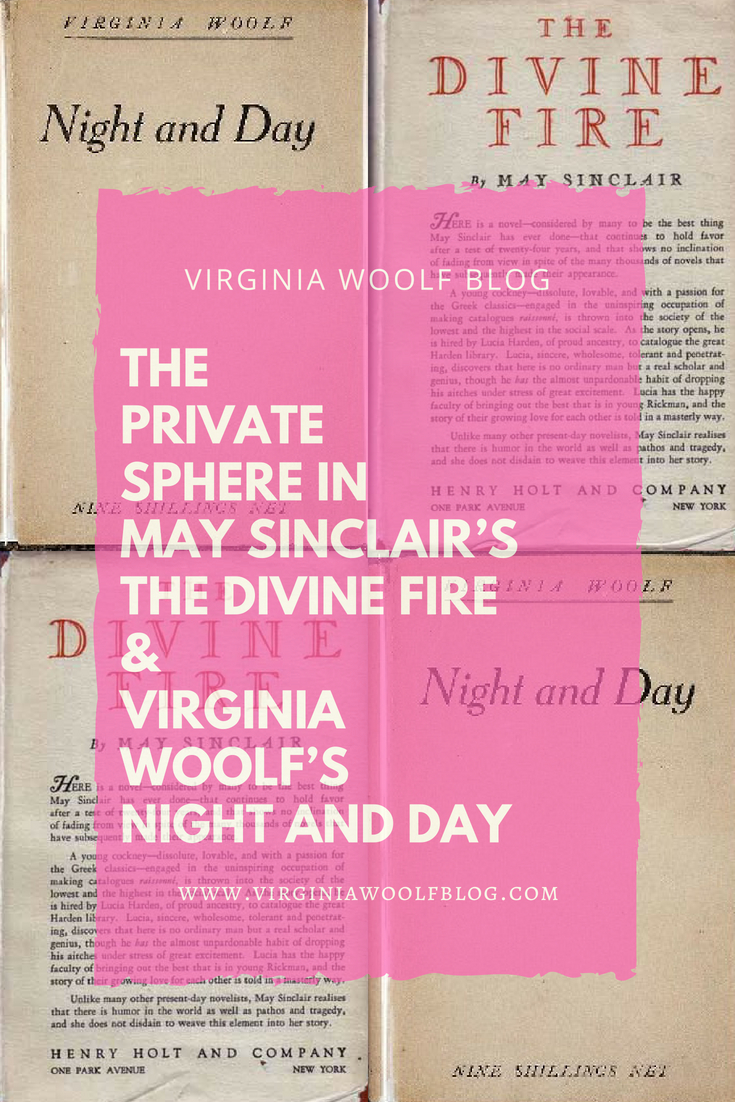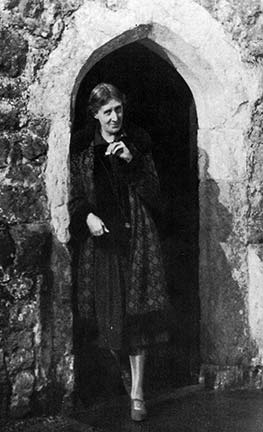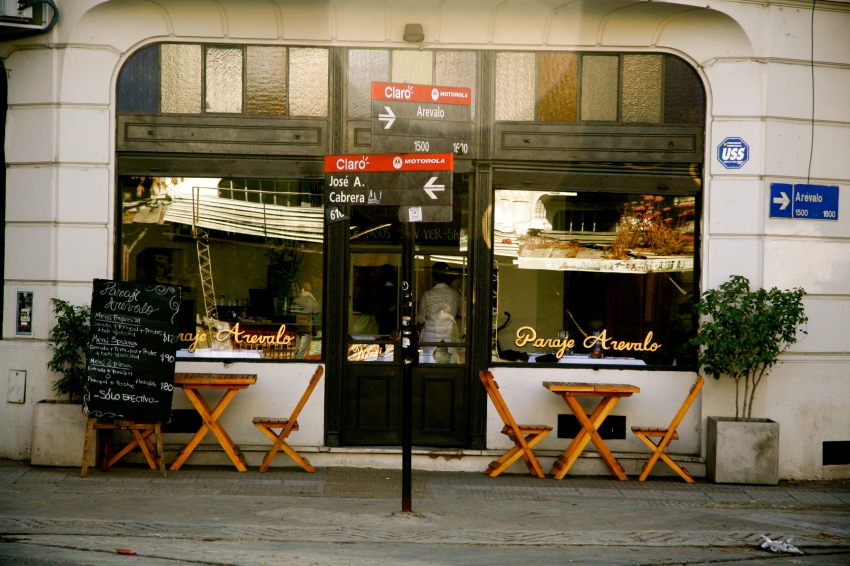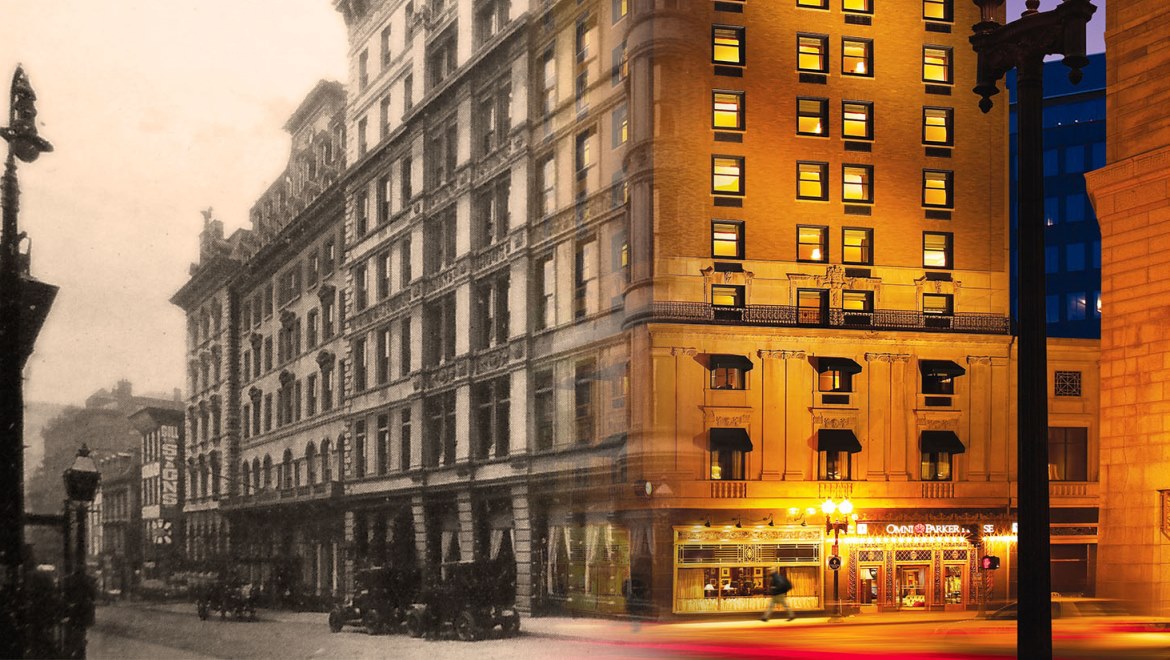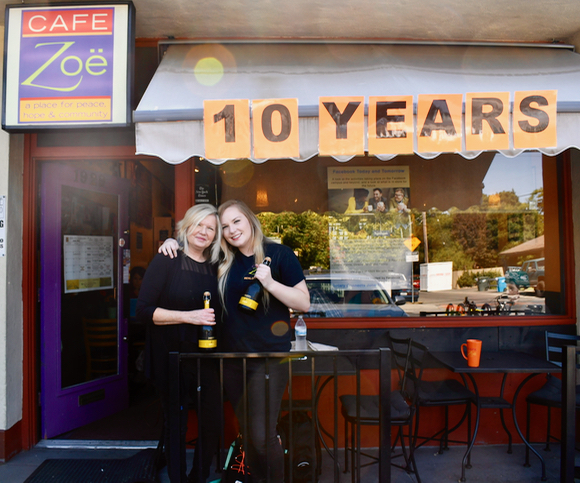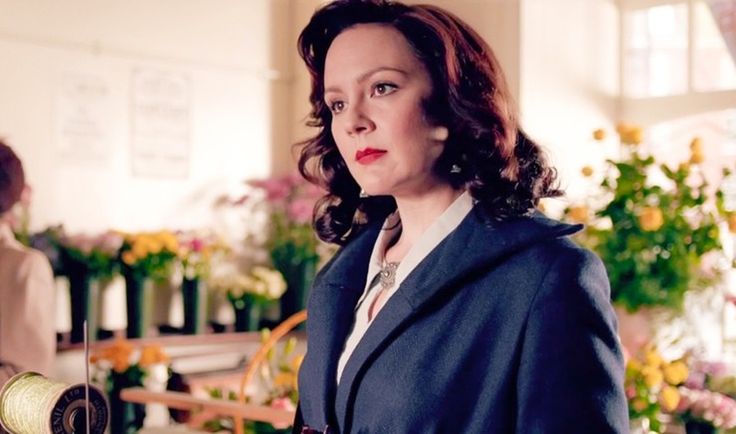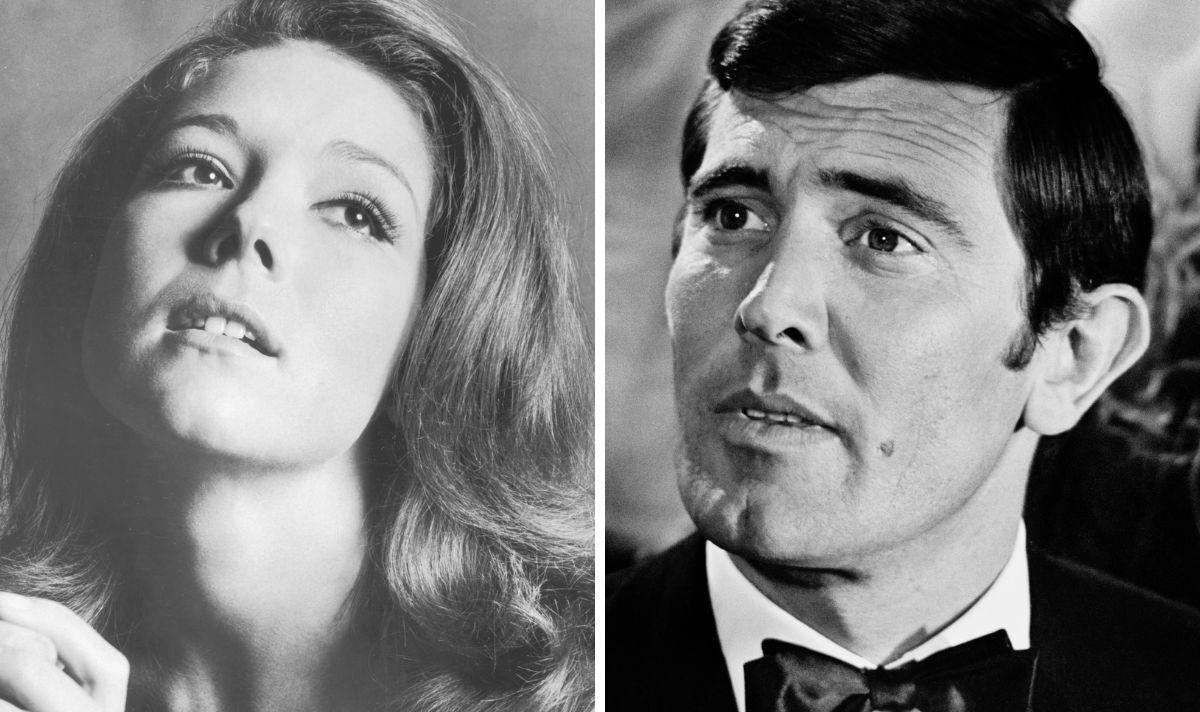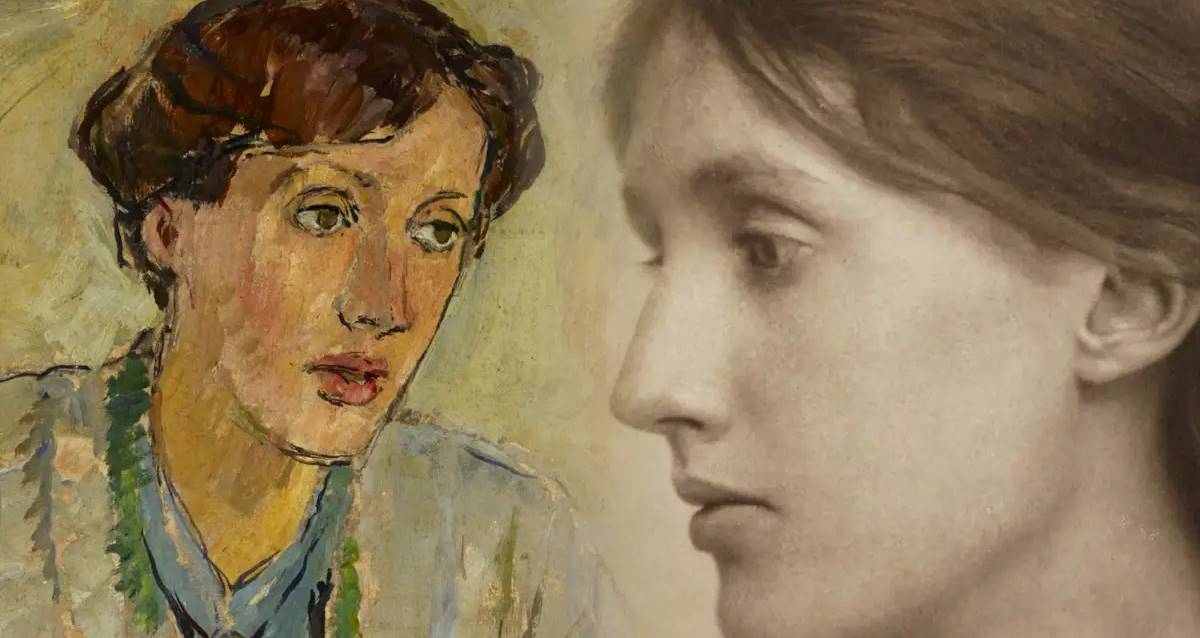
Despite her own lack of a formal education, Virginia Woolf spent two years as a teacher at Morley College For Working Men and Women in London. Between the years 1905 and 1907, Virginia taught composition, history and literature at the small adult education college.
Although Virginia was very excited about the idea of teaching at first, she quickly became disillusioned with the educational system because she felt the college was not teaching the students sufficiently. In July of 1905, Virginia wrote a report about how her class was going, which included an analysis of the obstacles holding her students back:
“On the whole, they were possessed of more intelligence than I expected; though the intelligence was almost wholly uncultivated…But like all other educational establishments, Morley College has to effect compromises & to prefer the safeness of mediocrity to the possible dangers of the high ideal. That is one way of saying that they would rather that a great number should learn a less valuable subject, like English Composition, than that a few should be encouraged to the study of English History…Such disconnected fragments will these eight lectures be: to people who have absolutely no power of receiving them as part of a whole, & applying them to their proper ends.”
According to the book Virginia Woolf: The Intellectual and the Public Sphere, Virginia worried that the student’s lack of time, opportunity and guidance greatly interfered with their educational goals:
“What is particularly interesting is that Woolf sees little problem with basic literacy and she objects to the college’s focus on teaching composition. The problems, in her opinion, arise from class and circumstance: lack of opportunity, lack of time, and lack of comfort and familiarity with knowledge, so that it is either treated with too much respect or discounted out of fear and ignorance. And some of the inhibiting circumstances are the conditions of the Morley College itself. In 1905, her first year of teaching, Woolf seems torn between her frustration with the college for preferring ‘the safeness of mediocrity to the possible dangers of a high ideal’ and her despair about the impossibility of her task. On the one hand she objects to a focus on numbers: Morley, in her view, places too high a priority on offering popular subjects to large numbers and not enough on making ambitious study available to the highly motivated few. On the other hand, Woolf struggles with the fundamental difficulty of bridging the gap between her student’s lives and her historical materials. Quickly learning not to read her lectures but to talk from notes, and making use of pictures and narratives to bring English history alive, Woolf still agonizes about her task: ‘I used to ask myself how is it possible to make them feel the flesh & blood in these shadows? So thin is the present to them, must not the past remain a specter always?’”
Despite her struggles, Virginia continued teaching at the college until the end of 1907 when she decided to give it up to make more time for her writing. Her experiences at the college gave her a tremendous amount of insight into the British education system and English society as a whole and served as the inspiration for some of her later works such as Three Guineas.
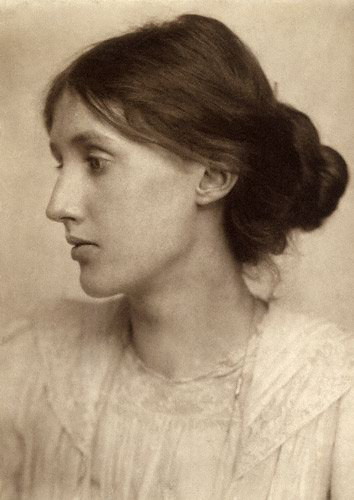
Sources:
“Virginia Woolf, the Intellectual, and the Public Sphere”; Melba Cuddy-Keane; 2003
“Virginia Woolf: A Biography, Volumes 1-2”; Quentin Bell ; 1972

